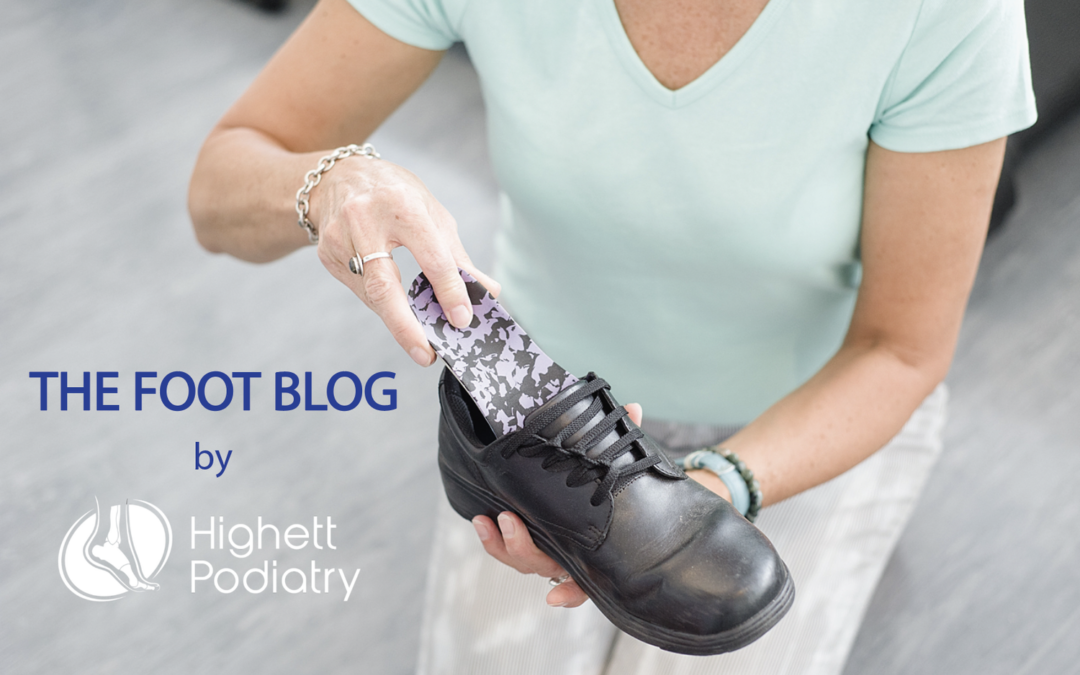My footy season is over, so why not get back into some running and train for my first half marathon? Well – that’s what I thought! I was never a ‘keen’ runner but when lockdown came along, I thought it was a great opportunity to start running and now I love it.
So here is a little insight into how my prep is going and why I have three shoes on rotation. The one thing about being a podiatrist is that we love our shoes and have an excuse to buy more and more shoes. So I am about 6 weeks out from my half marathon and running 3-5 times weekly with variations of slow recovery runs, interval/speed/fartlek training and long distance. Each run is targeting either V02 Max, endurance or recovery. It is so important to follow the schedule and get the best out of each run. My biggest struggle is not going all out in every run! Going all out each run, increases risk of injury and burn out.
The three shoes I use on rotation target each different run type, which means they function differently. My current shoe rotation is the New Balance 880v11, New Balance FuelCell Rebel and Nike ZoomX Vaporfly Next% 2.
The benefits of shoe rotation
– You can have more shoes!!
– Extends life of your shoes as it allows the shoes to recover between runs. The constant compression of the midsole foam when running needs time to decompress and maximises your usage of the shoe.
– By adding the variation of shoes to your repertoire, you allow for adaptation and changes in muscle activity. Running is a very repetitive and predictable sport for your feet and legs. By changing shoes you are changing the load, wear patterns and distribution of pressure. The difference in structure between your shoes can challenge the predictability of running, making your muscles and tendons constantly adjust and therefore help strengthen them.
– Reduce risk of injury by getting max cushioning and shock absorption out of your shoes (as stated above) and continue to strengthen muscle groups (as stated above).
– Reduce risk of fungal and bacteria growth in shoes. After a sweaty session, your shoes are often also sweaty which is the perfect warm, moist environment for fungi to reproduce. Allowing them to thoroughly dry out can reduce the risk of fungal infection.
– Good for different terrain or surfaces
Common questions I get asked
What if I’m only running 1-2 times a week?
A single pair should be fine as long as it is comfortable, however I would not recommend that running shoe also be your shopping shoes, gym shoe or day to day shoe.
What if I love this one pair of shoes?
If you love the particular model and don’t wont another that is also fine. I would encourage you to have two of the same model which are 3-6 months difference in age. This will increase the life expectancy of your shoes!
How long should I have my running shoes for?
A few factors contribute to when you should get new shoes. Firstly, is the tread/grip on the shoes visibly well-worn or patches missing? Secondly, has the integrity of the shoe changed? Are you able to bend the shoe in all directions? Thirdly, have you ran over 500km in them? Lastly, are you starting to get niggles or injuries?
If you answer yes to one or more of the above it is probably time to get new shoes.
How do I know which shoe is best for me?
Come in and have a chat, as Podiatrists we can check your walking and running gait patterns to identify what you need out of your runners.
I also encourage people to go to a specialised running store as the staff have great knowledge on current shoes. Whether you’re a beginner or ultra-marathon professional, there is always a shoe for you. Most should also have a treadmill to try them.
My biggest take home is the shoe should feel comfortable straight away, comfort is key! Shoes are made ready to go and should always feel comfortable. Your feet will let you know what feels best. Try a few on and get a real feel for them.

